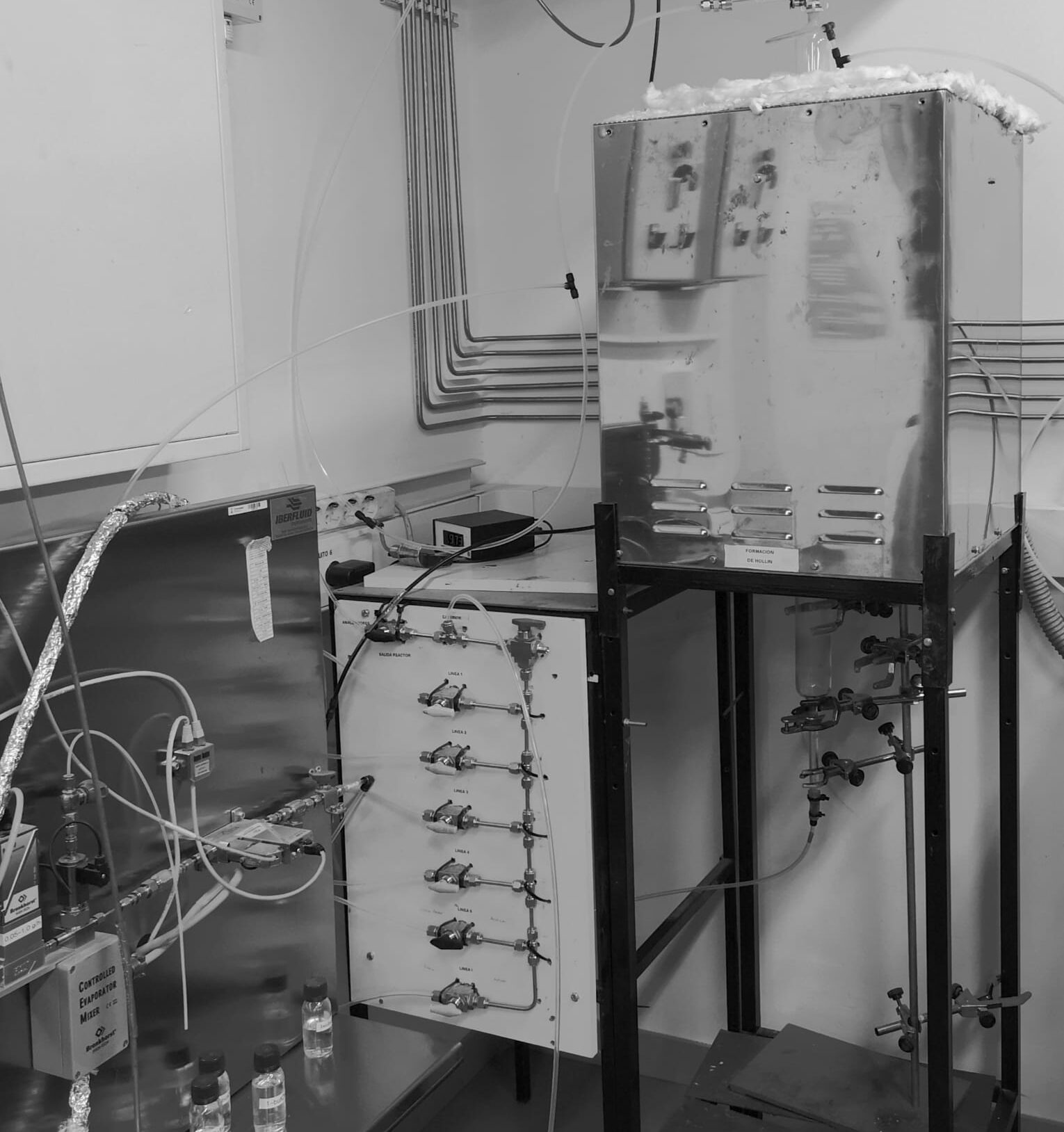
- Start date: 01/01/2020
- End date: 31/12/2020
- Coordinador: María Abián
- Tipo: Fundación Ibercaja-Universidad de Zaragoza
- Funding: COST Action European Union (CM1404)
At present, the Claus process is one of the main routes for the production of elemental sulfur, and, in parallel, for the management of acid gas (rich in H2S), from the desulfurization of fuels with a high sulfur content for its subsequent use for energy applications. In this process, sulfur is generated by partial oxidation, in a furnace, of the H2S contained in the acid gas. Once formed, the sulfur condenses, leaving a tail gas, which in addition to residual H2S and SO2 produced, contains small amounts of COS and CS2. These atmospheric pollutants (COS and CS2) are generated during the high temperature H2S conversion stage, through secondary reactions between sulfur-containing compounds and carbon. The extent of these interactions and, consequently, the final emission of COS and CS2, depends on the specific operating conditions and the reaction environment considered. Thus, the knowledge and understanding of the processes involved in the interaction of acid gas compounds that contain carbon (e.g. CH4 and CO2) with H2S is essential for the development and progressive optimization of the Claus process.
